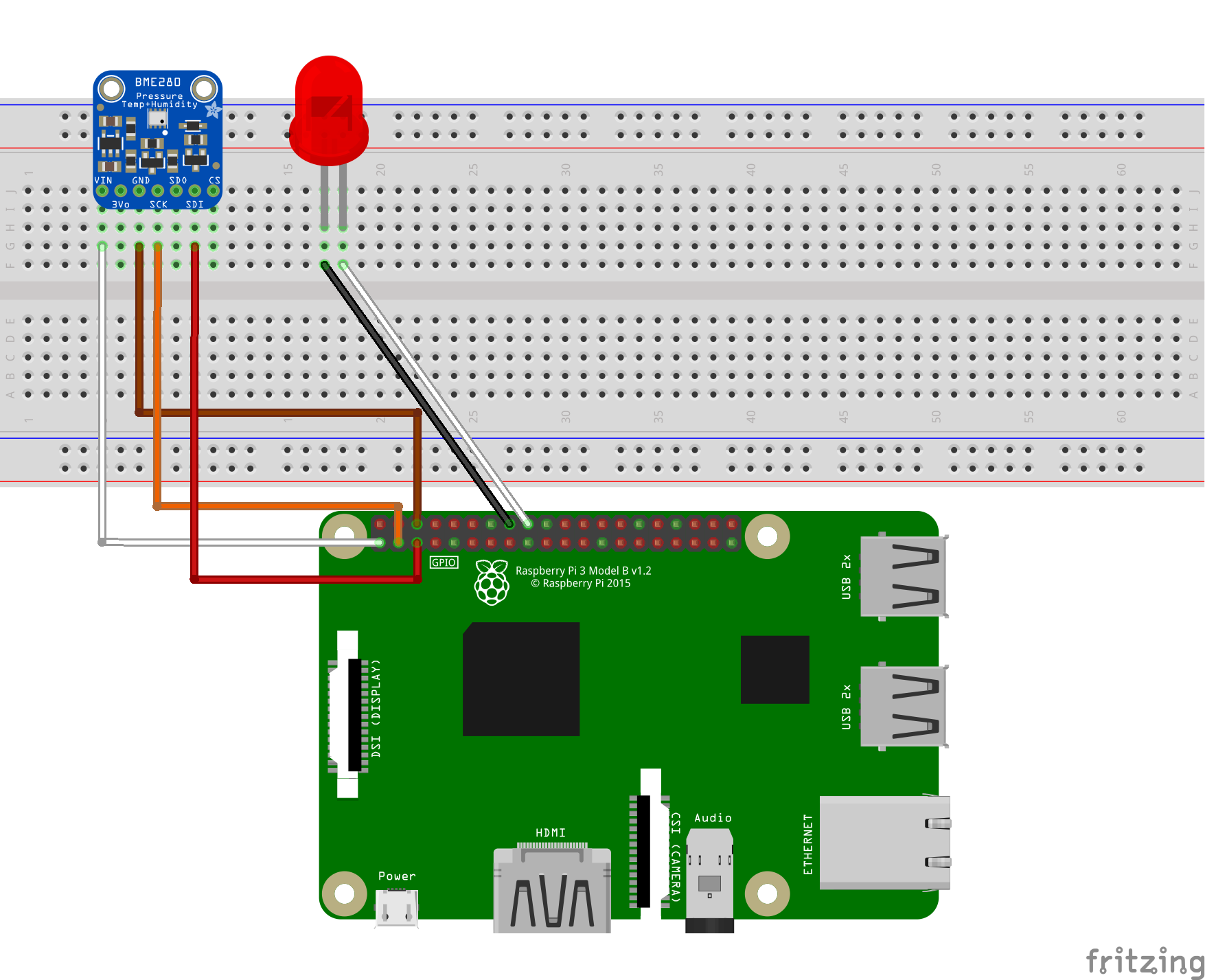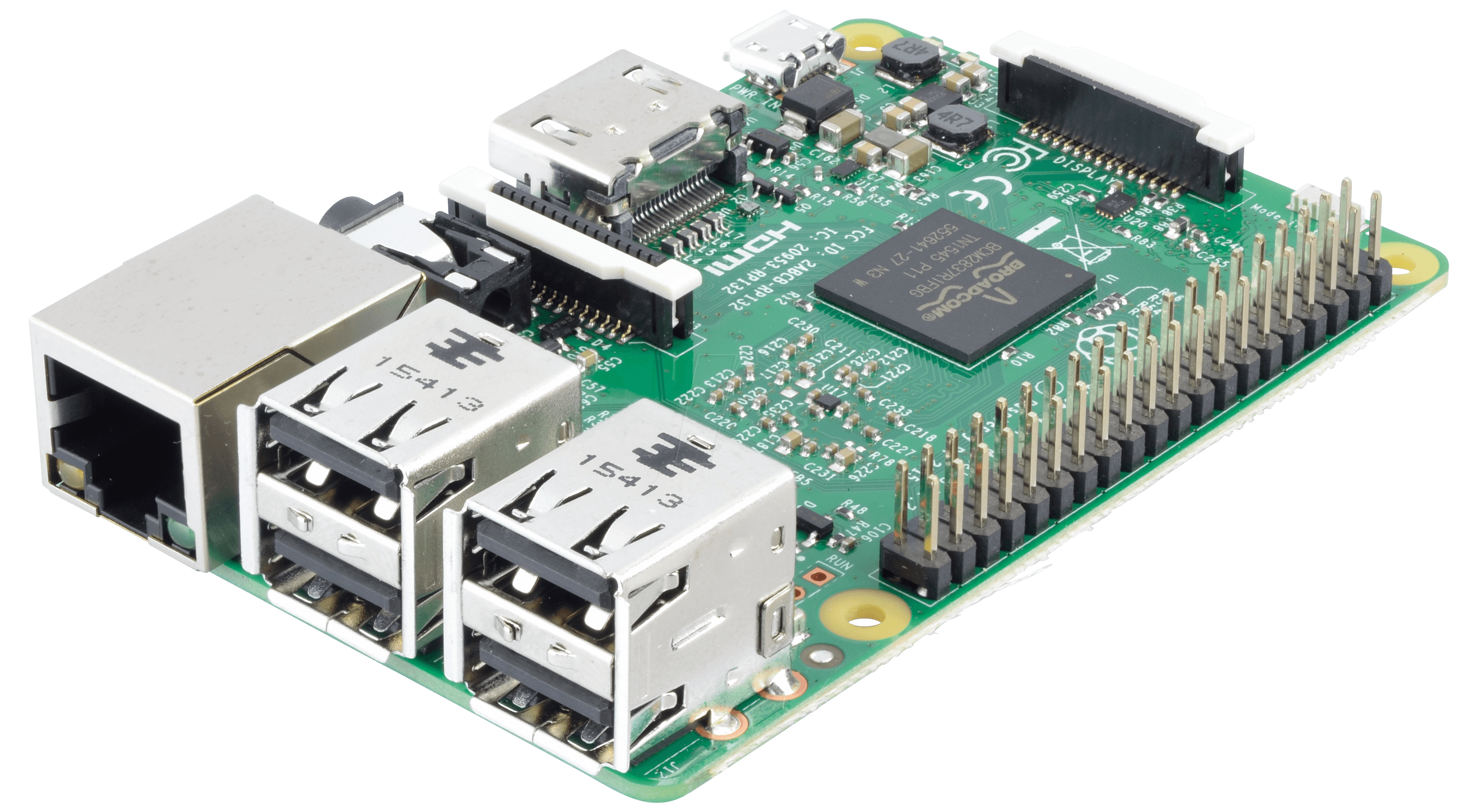Raspberry Pi RemoteIoT tutorial has become an essential resource for developers, hobbyists, and professionals alike who want to explore the world of IoT (Internet of Things). As IoT continues to revolutionize industries and everyday life, understanding how to set up and manage remote IoT systems using Raspberry Pi is more important than ever. This tutorial will provide you with step-by-step instructions to help you master this powerful technology.
Raspberry Pi is a small yet powerful single-board computer that has captured the imagination of tech enthusiasts worldwide. Its versatility and affordability make it an ideal platform for learning about IoT and building innovative projects. Whether you're a beginner or an experienced developer, this tutorial will guide you through the process of setting up and managing remote IoT systems effectively.
In this Raspberry Pi RemoteIoT tutorial, we will explore everything from basic concepts to advanced configurations, ensuring you have all the tools and knowledge needed to create robust IoT solutions. By the end of this guide, you'll be equipped to design, deploy, and maintain remote IoT systems confidently.
Read also:Anok Yais Red Carpet Journey A Spotlight On Her Met Gala Appearance
Table of Contents
- Introduction to Raspberry Pi RemoteIoT
- Setting Up Your Raspberry Pi for IoT
- Configuring Network Settings
- Enabling Remote Access
- Enhancing Security for Remote IoT
- Connecting Sensors and Actuators
- Integrating with Cloud Platforms
- Programming for IoT Applications
- Troubleshooting Common Issues
- Conclusion and Next Steps
Introduction to Raspberry Pi RemoteIoT
Raspberry Pi has emerged as one of the most popular platforms for IoT development due to its affordability, flexibility, and strong community support. The Raspberry Pi RemoteIoT tutorial is designed to help users harness the full potential of this versatile device in remote IoT applications.
IoT systems rely on interconnected devices that communicate and exchange data over the internet. Raspberry Pi serves as the brain of these systems, enabling users to monitor, control, and automate various processes remotely. Whether it's home automation, environmental monitoring, or industrial applications, Raspberry Pi can handle it all.
In this section, we'll explore the basics of IoT, the role of Raspberry Pi in remote IoT systems, and why this technology is crucial for modern applications.
Setting Up Your Raspberry Pi for IoT
Preparing Your Raspberry Pi
Before diving into remote IoT configurations, you need to set up your Raspberry Pi properly. Start by installing the latest version of Raspberry Pi OS, which is optimized for IoT applications. You can download the operating system from the official Raspberry Pi website and use a tool like Balena Etcher to flash it onto an SD card.
Ensure you have the necessary hardware components, including:
- Raspberry Pi board
- MicroSD card (16GB or higher)
- Power adapter
- Keyboard and mouse (optional)
- HDMI monitor (optional)
Initial Configuration
Once your Raspberry Pi is powered on, complete the initial setup by configuring basic settings such as Wi-Fi, time zone, and user accounts. You can do this through the Raspberry Pi Configuration tool or the terminal.
Read also:Morpheus8 Ruined My Skin Understanding The Risks Causes And Solutions
It's also a good idea to update your system to ensure you have the latest software and security patches. Run the following commands in the terminal:
sudo apt update && sudo apt upgrade
Configuring Network Settings
Understanding Network Configuration
Network settings are crucial for enabling remote access to your Raspberry Pi. You can configure Wi-Fi or Ethernet connections depending on your setup. For Wi-Fi, edit the wpa_supplicant.conf file to include your network credentials.
For example:
country=US
ctrl_interface=DIR=/var/run/wpa_supplicant GROUP=netdev
update_config=1
network={
ssid="YourNetworkSSID"
psk="YourNetworkPassword"
}
Static IP Address
Assigning a static IP address to your Raspberry Pi ensures consistent connectivity, especially when accessing it remotely. Edit the dhcpcd.conf file to configure a static IP:
interface eth0
static ip_address=192.168.1.100/24
static routers=192.168.1.1
static domain_name_servers=192.168.1.1
Enabling Remote Access
SSH (Secure Shell)
SSH is a secure protocol for remote access to your Raspberry Pi. Enable SSH by creating an empty file named "ssh" on the boot partition of your SD card. Once enabled, you can connect to your Raspberry Pi using an SSH client like PuTTY or Terminal.
Use the following command to connect:
ssh pi@192.168.1.100
VNC (Virtual Network Computing)
VNC allows you to access the graphical desktop of your Raspberry Pi remotely. Install the RealVNC server using:
sudo apt install realvnc-vnc-server realvnc-vnc-viewer
Enable VNC from the Raspberry Pi Configuration tool and connect using a VNC client on your computer.
Enhancing Security for Remote IoT
Firewall Configuration
Securing your Raspberry Pi is essential, especially when it's connected to the internet. Use the UFW (Uncomplicated Firewall) tool to manage incoming and outgoing connections.
Enable UFW with:
sudo ufw enable
Allow specific ports, such as SSH:
sudo ufw allow 22
User Authentication
Change the default "pi" user password to something strong and unique. You can also create additional users with limited privileges to enhance security.
Connecting Sensors and Actuators
Popular Sensors for IoT
Raspberry Pi can interface with various sensors to collect data for IoT applications. Some popular sensors include:
- Temperature and humidity sensors (DHT11, DHT22)
- Light sensors (LDR)
- Pressure sensors (BMP180)
Connecting Actuators
Actuators allow you to control devices remotely. Examples include relays, motors, and LED lights. Use GPIO pins on the Raspberry Pi to connect and control these devices.
Integrating with Cloud Platforms
AWS IoT Core
AWS IoT Core is a managed cloud platform that enables secure and reliable communication between IoT devices. Follow the official AWS documentation to connect your Raspberry Pi to AWS IoT Core.
Google Cloud IoT Core
Google Cloud IoT Core offers similar functionality with seamless integration into the Google Cloud ecosystem. Use the Google Cloud Console to register your Raspberry Pi and start sending data to the cloud.
Programming for IoT Applications
Python for IoT
Python is one of the most popular programming languages for Raspberry Pi and IoT development. Libraries like GPIO Zero and RPi.GPIO make it easy to interact with hardware components.
Example code for controlling an LED:
import RPi.GPIO as GPIO
import time
GPIO.setmode(GPIO.BCM)
GPIO.setup(18, GPIO.OUT)
while True:
GPIO.output(18, GPIO.HIGH)
time.sleep(1)
GPIO.output(18, GPIO.LOW)
time.sleep(1)
Node-RED
Node-RED is a visual programming tool that simplifies IoT development. Use it to create flows that connect sensors, actuators, and cloud services without writing complex code.
Troubleshooting Common Issues
Connection Problems
If you're unable to connect to your Raspberry Pi remotely, check the following:
- Network configuration
- SSH/VNC service status
- Firewall rules
Hardware Failures
Ensure all hardware components are properly connected and functioning. Check power supply, GPIO connections, and sensor/actuator wiring.
Conclusion and Next Steps
This Raspberry Pi RemoteIoT tutorial has provided you with a comprehensive guide to setting up and managing remote IoT systems. From basic configurations to advanced integrations, you now have the knowledge and tools to create innovative IoT solutions.
We encourage you to explore further by experimenting with different sensors, actuators, and cloud platforms. Share your projects with the Raspberry Pi community and continue learning to stay ahead in the rapidly evolving world of IoT.
Don't forget to leave a comment below or share this article if you found it helpful. For more tutorials and resources, check out our other articles on Raspberry Pi and IoT development.
Data and references for this tutorial were sourced from reputable platforms such as the official Raspberry Pi documentation, AWS IoT Core documentation, and Google Cloud IoT Core guides.


